6May
By NOLA AutomotiveRepairs | 0 Comments
Tires are one of the main components of a car. It connects the vehicle with the road surface enabling motion.
A flat tire or tire puncture is the most frequent tire issue encountered.
Regardless of when and where you experience a flat tire, it’s among the most inconvenient and frustrating incidences that can occur while you’re driving.
And even worse, it will result in you losing time and money to resolve the issue.
Table of Contents
There are various reasons why your tire may be losing air.
When a tire is driven with low pressure, it will destroy the inside of the tire.
If not repaired properly, it could pose a threat to your life since the tire can potentially blow out while on the road and cause an accident.
Having a flat tire emergency? It’s high time to get a patch repair service that should be done regularly. It can help save you a lot of time and money.
Patching is a technique of fixing a punctured or flat tire by closing the hole in the rubber tire with a patch.
To close the punctured tire rubber, the conventional formula will entail you finding the rupture and wash it with soapy water.
Or, you can submerge it inside water and check for effervescence.
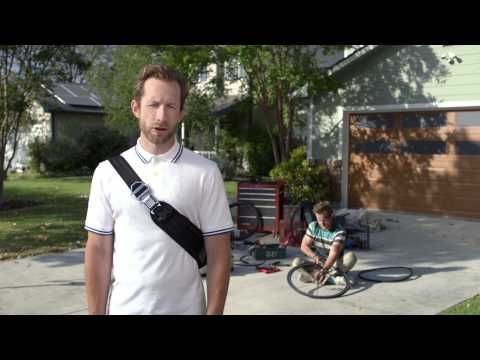
As compared to having a flat tire, a patched tire repair is better and safer.
There are no safety concerns with a well-patched tire, and is actually the best way to handle flat tires.
It is safe to drive on a patched tire regardless of how rugged or rocky the road gets.
But if you regularly speed on the highways, it would be best to have the tire(s) replaced.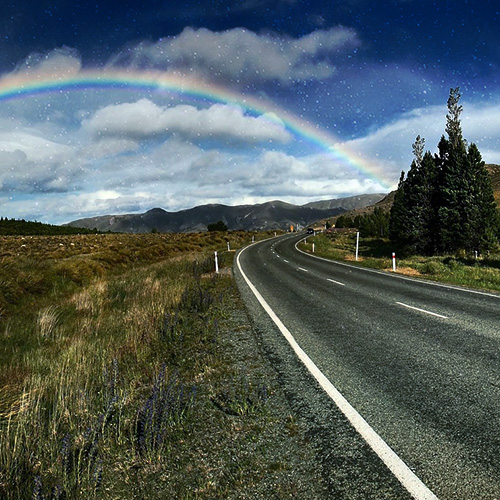
It’s safe to drive on a patched tire as long as you adhere to the recommended speed limit.
You can do the patch yourself. Just ensure that you have followed the repair kit manufacturer’s and tire recommendations and directions.
Or, you can have it professionally repaired at a professional such as NOLA Automotive Repairs for a tire repair service.
A quality patch kit that has been installed properly as per the instructions of the manufacturer, by either a professional or yourself can last for the longevity of the tire.
The patched tire can be driven for the same distance(s) as before it got damaged to begin with.
With this premise, you’ll be able to drive long distances with a patched tire.
The duration you’ll be able to drive on a patch is contingent on the number of times the tire was patched.
Automotive professionals advise that you shouldn’t do a patch repair on a single tire over three times or when the cut has overlapped with another repair.
A tire patch system that has been installed properly can hold air pressure for the entirety of the tire’s lifespan.
If a skilled and experienced person does the patching job, you can expect to perform like the original tire and even outlive its life expectancy.
If installed properly, the patch won’t come loose and will operate as good as a new tire.
Patching will give your tire a new lease of life and will save you money since new tires are costly.
To eliminate the uncertainty of doing shoddy work and potentially putting yourself and other road users in danger, it’s best to have the patch repair job done by a licensed tire shop. Contact us today and we’ll help you with your tire problem right away!
More from NOLA Automotive Repairs
Broken AC? Here’s How to Diagnose It
10 Car Tools You Need to Add to Your Arsenal
NOLA Automotive Repairs has been serving New Orleans clients for nineteen years, making us as one of the trusted auto repair shops in The Big Easy.
We offer a variety of services including engine repair, brake jobs, AC repair, and diagnostics.
Post Written By AutoPadre
Date Posted 2020-05-09
Date Updated 2022-04-06
A bit leery about driving a long distance on a patched tire? Don't worry, you can drive a long distance on a patched tire.
A flat tire can be a pain but thankfully a repair can oftentimes be quickly done, inexpensive and permanent. Tire repair kits are readily available online or local hardware or parts stores.
Can I drive a long distance with a patched tire?
Table Of Contents [show]
Woman looking at a flat tire on her car
A quality tire plug and patch kit, properly installed according to the manufacturer's instructions, by either yourself or a professional, can last the lifetime of the tire.
You will be able to drive the repaired tire the same distance as if the tire had not been damaged in the first place.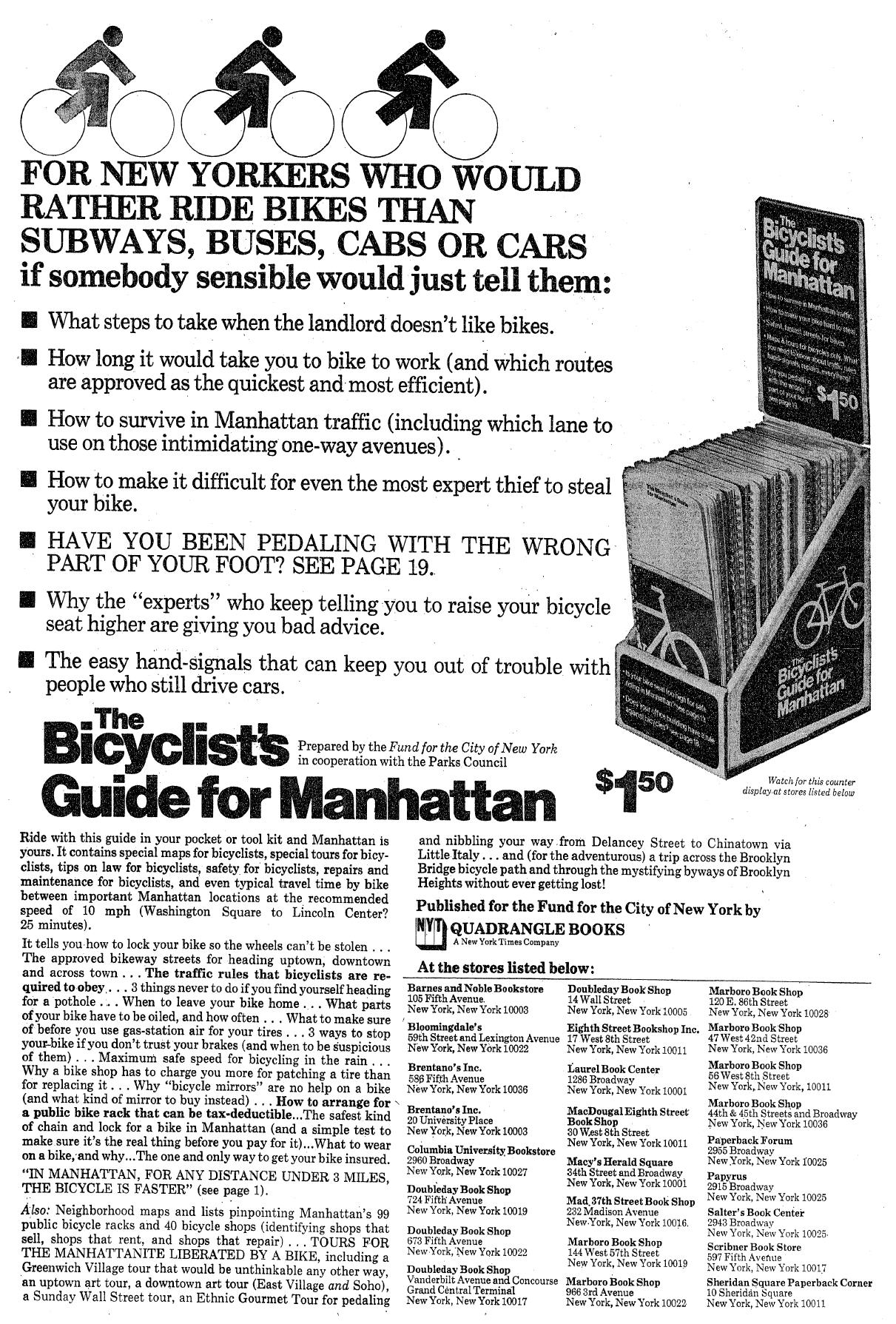
A properly installed tire patch system will hold air pressure indefinitely for the lifetime of the tire. There are some caveats to keep in mind:
A good repair kit costs around $10 online or at a local retailer.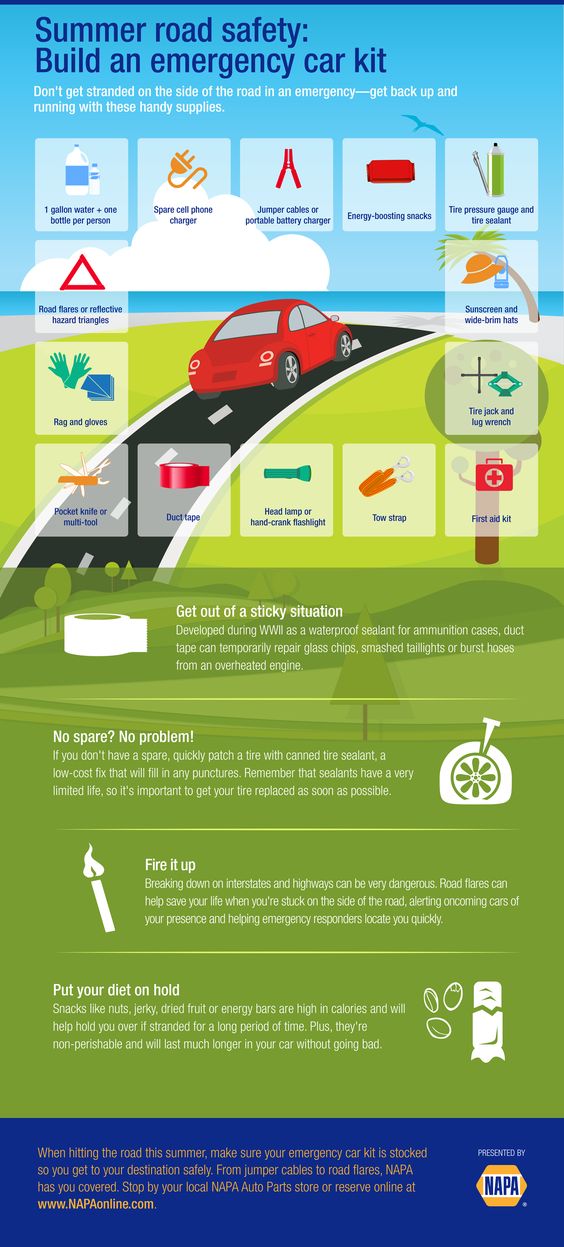
There are no safety risks associated with a properly patched tire.
Just make sure to follow the tire manufacturer's and repair kit manufacturer's directions and recommendations.
If you aren't confident you can properly fix the tire yourself, take the tire to get it professionally repaired at a licensed tire shop.
Tire patch kit sitting on tireA tire's sidewall cannot be patched due to the fact that it contains no cords.
On the other hand, a tire's tread, the part that makes contact with the road, contains cords that run through it and give the tires their strength allowing it to be patched.
Even at low speeds, a patched sidewall would be susceptible to blowout!
Patching a tire can save a lot of money not to mention time.
Generally speaking if you elected to replace a tire, rather than patch it, you should replace its sibling on the other side of the vehicle as well, as having one new tire and one old tire side by side can lead to driveability issues due to the uneven tread.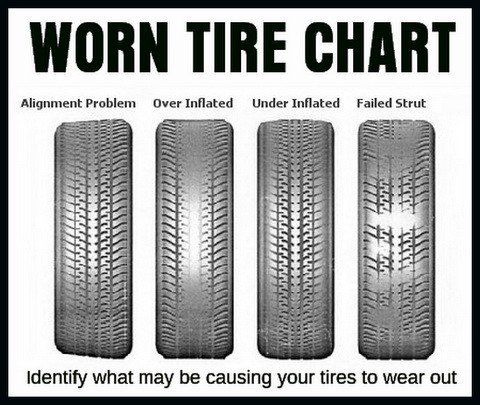
A tire can easily be patched by yourself or a trained tire man/woman or a licensed mechanic.
A tire plug can be inserted through the puncture externally while the tire is still on the rim or internally with the tire off the rim.
It is the quickest repair method and if done right should last the life of the tire.
A tire patch is designed to work along with a tire plug.
A tire patch is a flat rubber piece that is glued over the plug inside the tire to provide extra durability.
It is recommended to use a patch if the puncture is on an angle greater than 25 degrees.
Done properly a patched tire can drive the same distances as the tire would normally drive had it not been damaged in the first place.
Educate yourself on the proper repair procedure and do the repair yourself or take your tire to a professional to get safely back on the road in no time!
Gas Prices Causing Pain?!?
Read our blog post to start earning cashback on gas with Upside!
Sign up and Save! It's that easy!
Go to our Upside Review here at AutoPadre!
iOS & Android. 4.6 stars on the appstore!
4.6 stars on the appstore!
AutoPadre Affiliate Partner
More Specifications
Battery SizeCargo SpaceColorsDepreciationGas MileageGas Tank SizesGround ClearanceHeadroomHorsepower And TorqueLegroomOil CapacityPayloadSeating CapacitySteering Wheel SizesTiming Belt Or ChainTire And Wheel SizesTowing CapacityTurning RadiusVehicle DimensionsVehicle WeightsWiper Blade Sizes
AcuraAlfa RomeoAston MartinAudiBMWBentleyBuickCadillacChevroletChryslerDaewooDodgeFIATFerrariFiskerFordGMCGenesisHondaHummerHyundaiINFINITIIsuzuJaguarJeepKiaLamborghiniLand RoverLexusLincolnLotusMINIMaseratiMaybachMazdaMcLarenMercedes-BenzMercuryMitsubishiNissanOldsmobilePlymouthPontiacPorscheRolls-RoyceSaabSaturnScionSubaruSuzukiTeslaToyotaVolkswagenVolvosmart
Post Written By AutoPadre
How to Clean a Car Dashboard
Post Written By AutoPadre
Can You Jump Start a Car with a Bad Starter?
Post Written By AutoPadre
Timing Belt Vs. Serpentine Belt - Differences Explained
 Preparing equipment and planning a route
Preparing equipment and planning a route Airplanes, trains, sea cruises... But what if you go on vacation in your own car? Car travel is becoming more popular every year - people like autonomy when you are not dependent on airlines, public transport and travel agencies. And for Russia, with its vast distances and natural diversity, traveling by car is doubly relevant. See Baikal, visit Altai, compare the Black Sea with the Sea of Japan... Are we setting off? But first, let's talk about the preparation of the vehicle and its crew.
Everything you need for trips to the countryside is relevant in a road trip, because the path usually lies far from large cities. Even if you do not plan to leave the asphalt, you will want to stop in a picturesque place more than once, so stock up on camping equipment. A car refrigerator will keep food and water cool, a 220-volt inverter will allow you to charge your camera and laptop on the road, and expedition boxes will compactly fold all your belongings.
Of course, in the trunk there must be a mandatory emergency kit prescribed by the traffic rules. Before traveling, it is worth supplementing it with a good set of tools in case of road repairs. And do not forget to equip the salon with a phone holder, which you will probably use as a navigator.
When preparing for a trip, pay special attention to documents. Traffic police inspectors like to check cars from other regions with particular predilection. Make sure your insurance and driver's license will not expire while traveling.
Away from home, any breakdown can be troublesome. Even if you have spare parts and mechanic skills, you run the risk of being seriously delayed if you have to fix the car “in the field”. On a journey, equipment must work flawlessly, and for this it must be properly prepared. Schedule a visit to the service for a complete diagnosis at least a week before departure.
Also consider the distance you plan to travel.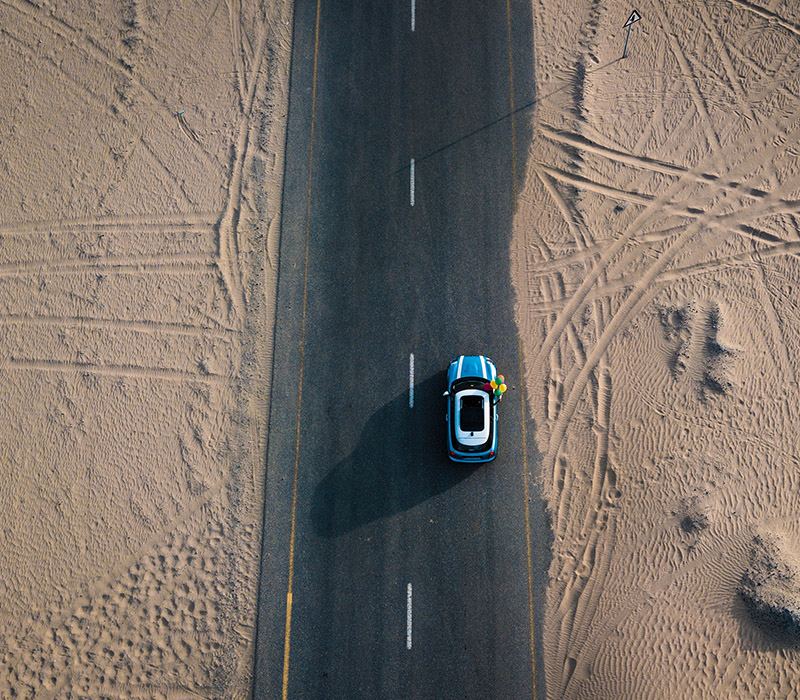 During the trip, the scheduled service period, replacement of consumables and technical fluids (for example, engine oil) may come up. Think in advance where you will undergo MOT.
During the trip, the scheduled service period, replacement of consumables and technical fluids (for example, engine oil) may come up. Think in advance where you will undergo MOT.
Should I take spare parts on the road? It’s not worth equipping the car, as if in a Paris-Dakar rally-raid: every extra kilogram on board will increase fuel consumption, and the space in the trunk is not infinite. But it is better to have the most running parts at hand: even if you cannot change them yourself, there is always a car repair shop along the way. There are no problems with handy people in the Russian outback, but with the availability of spare parts for foreign cars - everywhere.
What should I pay special attention to? After talking with a few avid road travelers, we compiled a list of car components that you should carefully check before leaving, and a list of spare parts that are best to take with you.
When traveling, the engine needs to "breathe deeply" - check the cleanliness of the air filter before the trip. And if you go to places with dusty dirt roads, take another new filter with you and install it when you return to the asphalt.
And if you go to places with dusty dirt roads, take another new filter with you and install it when you return to the asphalt.
Prolonged (many hours) operation of the engine at high speeds, typical for long driving on the highway, provokes oil waste. Even if there was no appetite for oil in the city, stock up on a couple of liters of the same oil that is poured into the engine so that you don’t have to add the first one that comes far from civilization.
Read more: how to check the oil level.
Another typical problem with the engine when traveling is the tendency to overheat. Mountain passes and long climbs can be encountered on the route, the curb weight of the car is usually close to the maximum, and insects and poplar fluff are actively stuffed into the radiator - all the conditions for the engine to overheat are obvious. If you do not follow the temperature arrow and "boil" the engine, then the journey will end ahead of schedule, not in the most pleasant way.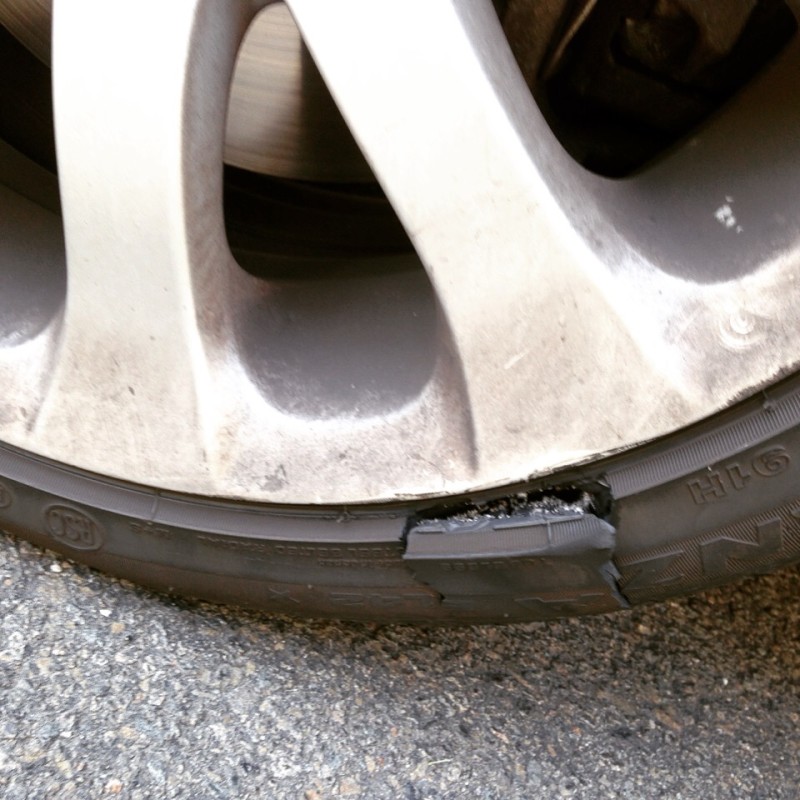
To avoid overheating, be sure to check the cooling system before driving. Clean the radiator, make sure the fans are working, replace the antifreeze. And take a couple of liters of the same type of coolant with you for topping up - under load, antifreeze flows out through the expansion tank even on a working car. Look into the radiator and check the level of antifreeze after each long stop.
Before a long journey, also check the condition of the gas distribution mechanism (timing), especially if it is driven by a belt. Although a stretched timing chain will cause a lot of trouble. Check the mileage of the car with the scheduled revision period for this unit and replace the chain or belt if necessary - it is almost impossible to sort out the timing "on the knee" on the road.
On the other hand, minor engine failures, such as a broken drive belt or a failed spark plug, are regularly and successfully dealt with by road travelers. But if you don't want to wind women's tights around the pulleys or fit a Zhiguli candle from the nearest village to your Toyota, take these parts with you.
| What to check: | What to bring: |
|---|---|
|
|
The condition of the suspension determines how comfortable you feel behind the wheel and how accurately the car is controlled. In advance, check the health of the shock absorbers and springs, the integrity of the silent blocks and the wheel alignment (camber and toe) so that the car holds the road well and does not “eat” rubber.
Suspension parts are rarely taken with them - they weigh a lot, and they rarely require emergency replacement.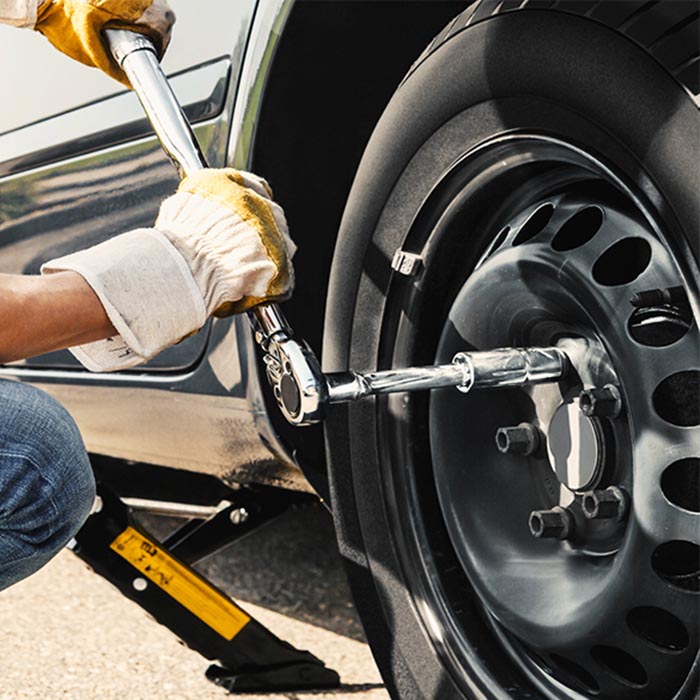 But if you want to be ready for any road surprises, take a spare ball joint, tie rod and tip with you - if they get into a deep hole or an open hatch, they can be pulled out or bent.
But if you want to be ready for any road surprises, take a spare ball joint, tie rod and tip with you - if they get into a deep hole or an open hatch, they can be pulled out or bent.
| What to check: | What to bring: |
|---|---|
|
|
Wheels are the vehicle's connection to the road and a key element of safety. Alas, quite a few car travelers fell into a ditch due to a sudden explosion of a tire or a destruction of a disc. Therefore, inspect the wheels very carefully before leaving: there should be no hernias and cuts on the tires, cracks and dents on the disks.
Measure the remaining tread: the minimum allowable depth is 1. 6 mm for summer tires and 4 mm for winter tires. Also check the speed index and the maximum load capacity of the tires: these indicators are rarely paid attention to in normal city driving, but when traveling these parameters are important - do not exceed them.
6 mm for summer tires and 4 mm for winter tires. Also check the speed index and the maximum load capacity of the tires: these indicators are rarely paid attention to in normal city driving, but when traveling these parameters are important - do not exceed them.
To avoid vibrations and steering wheel wobble, balance your wheels at a trusted tire shop with precision equipment. And, of course, adjust your tire pressure before riding. To drive on a highway with a full load, it is recommended to increase the pressure by 0.2 atm from the nominal one - this will reduce rolling resistance, and hence fuel consumption.
A car compressor will help you quickly pump up the wheels. It's also worth taking a tubeless tire repair kit, emergency sealant, and an extra spare wheel (or at least a tire) with you if you're traveling on bad roads.
| What to check: | What to bring: |
|---|---|
|
|
Before a long journey, make a complete revision of the brake system - in an emergency it should not fail. The average speed of the car on the highway is noticeably higher than in the city, and the curb weight on the trip is close to the maximum - the load on the brakes increases noticeably, and all the problems that were not noticed before immediately make themselves felt.
Check the thickness of the brake pads and discs, the condition of the hoses and caliper parts, as well as the level and quality of the brake fluid - do not forget that you need to change it every 2 years. You should take a small supply of liquid with you - there will be a chance to get to the service in case of a leak.
| What to check: | What to bring: |
|---|---|
|
|
Driving at high speed for a long time seriously stresses the gearbox, and high temperatures and rough terrain seriously stresses the gearbox. To protect transmission components, change the oil in them before driving. And do not forget to check the condition of the anthers of the drives - a crispy CV joint will be an unpleasant surprise away from home.
Of the transmission elements on a trip, wheel bearings most often fail - it is not always possible to diagnose their malfunction in advance. If on the road you hear a characteristic hum, urgently look for a service, with a jammed bearing, jokes are bad.
| What to check: |
|---|
|
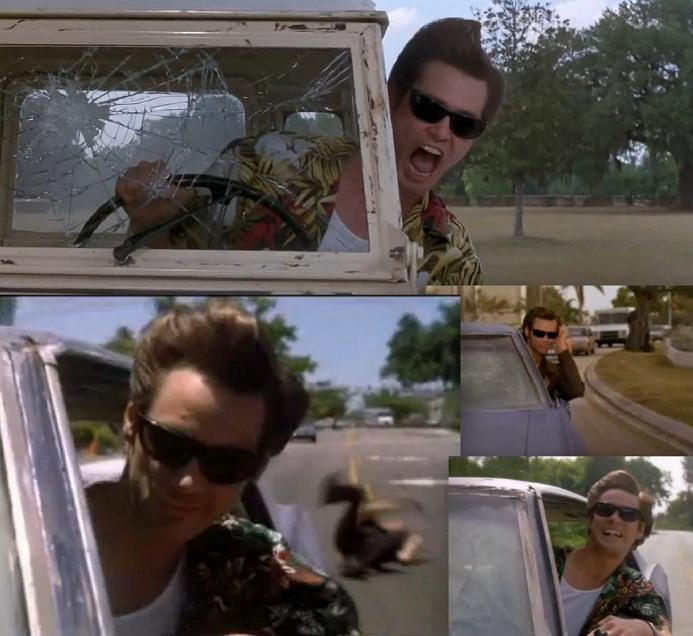 Body
Body The car body suffers the most when traveling: stones flying from under the wheels, road bitumen and "bombardment" by insects significantly spoil the appearance of the car. A good solution would be to apply a protective coating on the body in advance: this can be done both in a detailing workshop and on your own. And anti-gravel or rubber-bitumen anticorrosive will help save the fender liner from road "sandblasting".
Glasses also need separate protection - "anti-rain" with a hydrophobic effect will be very useful. Stock up on washer fluid and glass cleaner - in the summer you won't go far without them. And install new wipers to enjoy the scenery without those nasty windshield streaks.
| What to check: | What to bring: |
|---|---|
|
|
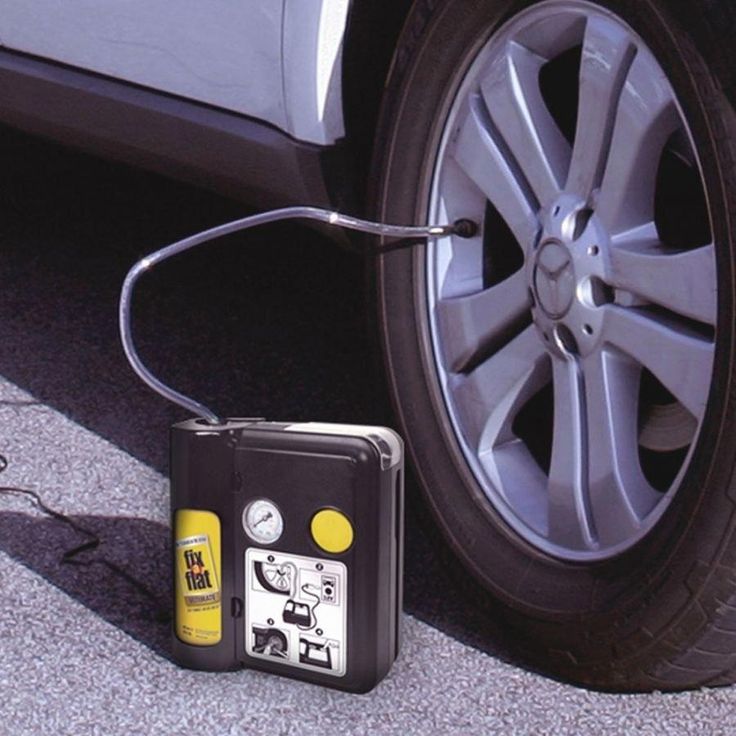 Electrical
Electrical It is always unpleasant to see the red lamp of no charge on the dashboard, and even more so when traveling. As well as hearing helpless clicks of the starter instead of starting the engine. Most often, brushes are to blame - graphite elements of the electrical circuit. They weigh only a few grams, and although they are rarely needed, they are incredibly "accurate" - and it's good when they are with you. It is worth putting spare fuses in the glove compartment - also light and inexpensive parts that should be at hand.
You should always go on a trip with a good battery, preferably a new one. It is not worth taking a spare battery with you - the electrolyte can spill and ruin the trunk lining. But a compact starting device is a great alternative for independent "lighting" away from people.
Also check the operation of all on-board lights before driving and take a few spares with you.
| What to check: | What to bring: |
|---|---|
|
|
It is important to carefully study the map before the trip and save the key points of the route in the navigator. If you use a smartphone for navigation, download offline maps in advance - there may be no Internet on the road. And take at least one paper card with you in case your gadgets break down. It is better to look for information about the actual condition of roads, repairs and detours on local car forums.
Calculate the driving range of your vehicle by dividing the full capacity by the expected fuel consumption. Then mark the gas stations on the map and check the distance between them - there should be a comfortable margin. Consider backup options as well - the required gas station may be closed for repairs. Taking a canister of gasoline with you will not hurt in any case - at least for peace of mind.
Plan your route in such a way that you arrive at the place of overnight stay before dark - it is absolutely not worth driving in the dark. In addition to poor visibility, blinding by oncoming cars and natural drowsiness, at night there is a high risk of running into wild animals on the road.
Also don't try to cover huge distances at once. 700–800 km per day is a comfortable travel limit; a long range turns it into a car race, depriving it of any pleasure.
Driving all day is not as easy as it sounds. The main difficulty is to overcome fatigue from monotonous driving. It is important to occupy your brain with something: solve crossword puzzles with fellow travelers, tell stories, listen to audio books. Periodic snacks help drive away drowsiness - a warm-up for the jaws increases blood flow to the brain. So stock up on nuts, seeds and dried fruits.
Many people drink energy drinks while driving, but sometimes they give a false feeling of cheerfulness. If you feel tired, do not try to reach the end of the route at all costs - it is at such moments that there is a high risk of falling asleep at the wheel. It is better to stop by the road and take a nap for half an hour, like Stirlitz - a short break will give you strength.
If you feel tired, do not try to reach the end of the route at all costs - it is at such moments that there is a high risk of falling asleep at the wheel. It is better to stop by the road and take a nap for half an hour, like Stirlitz - a short break will give you strength.
If you are traveling in several cars, consider communication between you. You shouldn't rely on mobile phones - communication is far from everywhere. Portable walkie-talkies perform great, just check them in action in advance.
Good luck with your travels and bright emotions!
So, for some reason you are going to leave your town. And it's far away. Yes, my native country is wide.
First you need to decide on the route. Ordinary paper atlases are quite suitable for this.
But here we must remember that not every short cut is the best. On paper it will be smooth and beautiful, but in practice it is better to stick to the federal highways (M1, M2, and so on) if possible.
We wish good luck to those who like to cut gardens.
It is unnecessary to talk about the serviceability of the car. Jack, so-called. balloon, pump, towing strap and other useful little things should always be in the trunk.
Navigators are a great expanse for fantasy. Today there are a great many of them on sale, different programs, different cards. The choice is huge. But you shouldn't rely on them. For Russian realities, this is still a secondary toy. It is still necessary to have a paper atlas and carefully follow the signs.
It's not bad to have a radar detector on a long journey, and CB radios are back in fashion now. However, if there are women and children on board, it is better to listen to it through headphones. A useful means of communication on the road is a mobile phone. Only a car charger would not be forgotten to him.
Also, if you intend to move significantly deeper into our vast, that is, to leave along roads where the distances between large cities are quite serious, you should not forget about the need to have a supply of cash in the currency of your native country, preferably represented by the whole variety of banknotes . Remember, a situation that requires an urgent investment, even a small amount (to seal a punctured wheel, minor repairs, a tow truck, refueling, etc.) can happen far from a large city where there are ATMs and sometimes even round-the-clock ones. And in general, there are still many places in the capital where payment by credit card is not provided, what can we say about small regional cities. So, not dude - we carry cash.
Remember, a situation that requires an urgent investment, even a small amount (to seal a punctured wheel, minor repairs, a tow truck, refueling, etc.) can happen far from a large city where there are ATMs and sometimes even round-the-clock ones. And in general, there are still many places in the capital where payment by credit card is not provided, what can we say about small regional cities. So, not dude - we carry cash.
About children. Transporting small children over long distances is a serious problem. I will not talk about child seats - today everyone already understands the need for this product.
But entertainment and food for a child on the road is an individual task. Although quite solvable by modern multimedia tools: players, DVD players and the like. Food should take into account the specifics of its intake - in the car, on the go. Example: apples are good, peaches are bad. Since the juice of the latter will surely flow on the hands, chin, clothes and on the seat.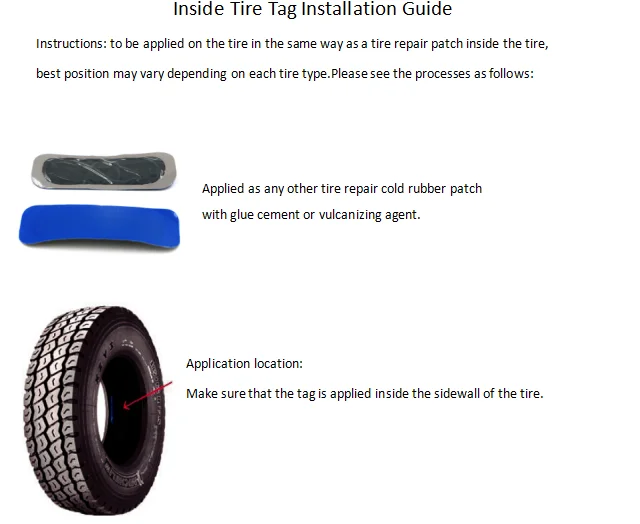 Do you want to stop and wash your baby after every peach?
Do you want to stop and wash your baby after every peach?
Speaking of washing: there must be water on board. Necessarily. Both drinking and technical (wash hands, wipe headlights). Napkins, paper towels, toilet paper - don't forget at least one of the three with you on the road.
Keeping a thermos of coffee and sandwiches in the cabin so that the crew can refresh themselves on the move is not for everyone. Roadside catering now for every taste. And if you suddenly want to stop for a sip of coffee, then at the same time you have stiff legs, you can stretch your neck. Here, along the road, you can have a good meal. But the place for this must be chosen carefully. You can also ask people, otherwise why did they put the CB radio?
Similarly, motels, if you need to spend the night on the road. Although it is better to look for such places in advance on the Internet.
Speaking of spending the night. Unnecessarily, you should not drive at night, especially on unfamiliar roads.